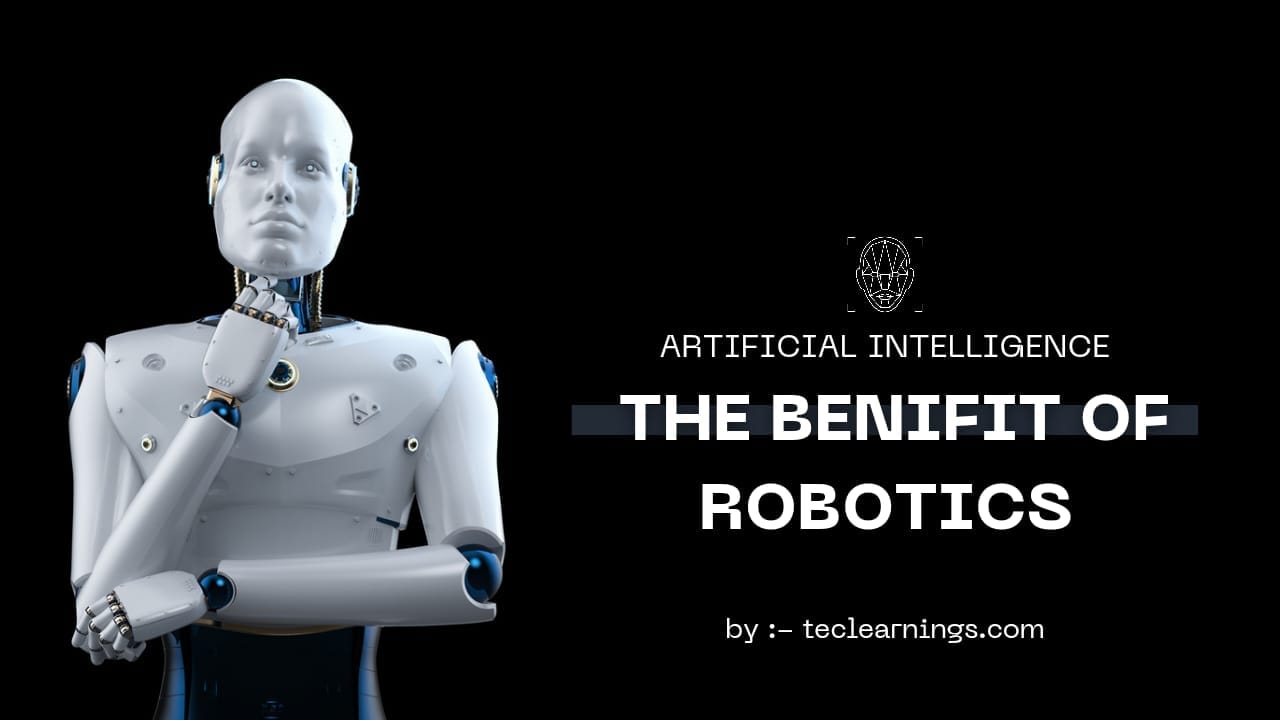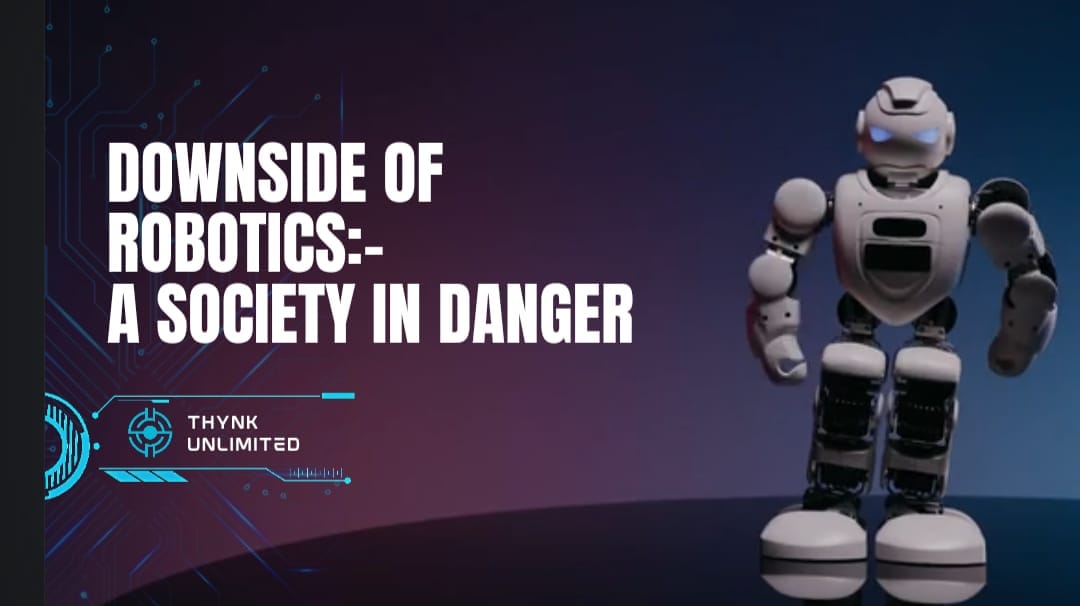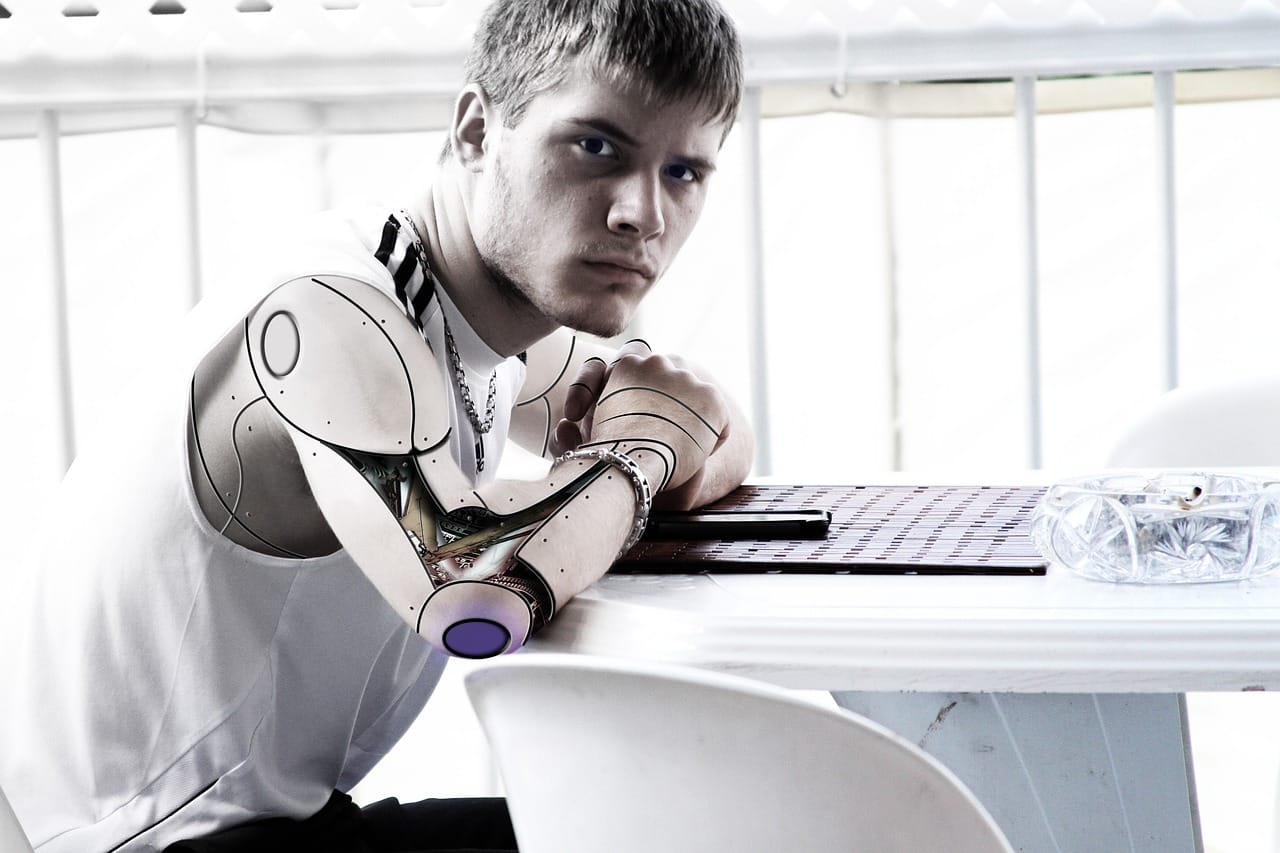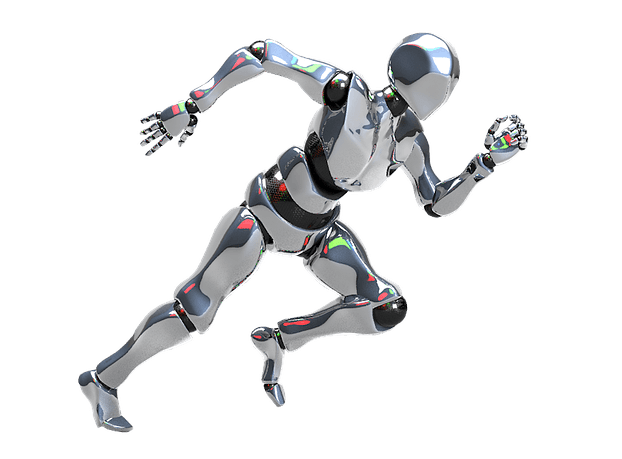Robotics: Boon or Bane for the Modern World?
Robotics, the science of making, designing, and using machines for doing work, traditionally done with the human body, has spiraled up at rocketing speeds over the last few decades. From industrial automation to personal assistants; robots have become an indispensable part of our daily lives that cannot go without affecting the way of working style or style of interaction with the things and the world around. However, the more it all develops, the more the argument of the benefits and negative implications to society progresses. This blog assesses the duality of robotics, the benefits as opposed to the negative implications.
The Benefits of Robotics: Forging Ahead

There has been a lot of development in many industries courtesy of robotics; most departments are efficient, safe, and quality life has been enhanced. Some of the major areas that are being positively affected by robotics are:
-
Industrial Automation and Productivity
The application of robots is perhaps more pronounced in the field of industrial automation, where they perform repetitive, hazardous, and precise work with a high level of accuracy. This revolutionized manufacturing by increasing productivity and efficiency. For instance, in an automotive factory, robots could put together cars with a level of precision that is hard to achieve for humans. This will not only result in better products but also reduces the cost of production, therefore making the goods affordable to consumers.
More to this, robots can work continuously without breaks, which means increased output and faster time in production. This has made industries more competitive; therefore, they are able to keep pace with the rising consumer demand while keeping the quality standards at par .
-
Healthcare and Medicine
It is also revolutionizing health care. For example, surgical robots allow surgeons to gain improved mechanical control over very complex surgical procedures down to minute levels of resolution, which positively impacts patient outcomes and recovery spans. Robots are also applied in rehabilitation to help patients regain mobility and independence through a process of recuperation.
Besides, robots are being engineered to be the caregivers of the elderly and to cohabit with the old. In these functions, the robots become their companions and support them while they are in their old age. In addition, the task done by these machines incorporates facilitating everyday activities, monitoring health situations, and detecting emergencies to support the old adults and let them be independent for a longer time.
-
Ensuring safety and minimizing risk
In dangerous environments, robots can do things that could be fatal or simply impossible to human beings. For example, robots have been applied in disaster response for searching survivors in rubbles, dealing with hazardous materials, and making inspections in places that are too dangerous for human workers. This saves not only human life but also carries out important tasks.
Military robots carry out some sensitive functions such as disposal of bombs, reconnaissance, and surveillance, all of which reduce the potential risk to the human soldier. In mining and oil exploration industries, where the working conditions are hard for human beings, the use of robots reduces the potential for accidents and injuries.
-
Agriculture and Food Production
Robotics are finding an increasing full-fledged role in farming, from planting to harvest, and are used to monitor crops. It will allow for an opportunity to perform high-precision work that will afford optimal use of resources, including water and fertilizers. Thus, increasing the yield from the crops would be accompanied by a reduction of impacts that farms have on the environment.
Besides this, robots are also used in food processing and packaging to make sure that the handling of the products is safe and effective. This goes a long way in enabling the fast-growing demand for food for the fast-growing population in the world to be met.
-
Exploration and Innovation
Whether it takes place in outer space, deep below the ocean floor, or in any other permutation of unexplored territory, robots oftentimes represent the vanguard of such an exploratory mission. For instance, space exploration has been duly supported by robotic rovers and probes that are capable of operating within environments hostile to human existence. This has increased our knowledge of distant planets, asteroids, and other celestial bodies in our universe.
The applications of robots in research and development are endless, from running experiments to developing new technologies and innovating in materials science, biology, and engineering. This can further lead to breakthroughs that solve some of humanity’s most pressing challenges.
Downsides of Robotics: A Society in Danger?

While robotics is very helpful, several worrying concerns arise as regards the effect it may have on society. Here are some of the main challenges or risks involving robotics:
-
Unemployment and Socio-economic Inequality
Among the most noticed fears about robots is the fact that they are going to take out jobs. As the ability to do work currently preserved for human beings advances in robots, there is the fear that large sectors of the workforce will find themselves jobless, in this case. Indeed, in sectors like manufacturing, the casual link is already identified between the emergence of automation and loss of jobs.
The rise of robots could further increase the gap between the poor and the rich, whereby individuals with the ability to work with robots or develop robotic technologies could be on rise, while others are facing challenges in securing new job opportunities. The implication of this is that in the future most riches and chances will still be concentrated among a few individuals while the majority remain stuck to jobs with meager wages.
-
Loss of Human Skills and Creativity
Isn’t there a fear that with robots taking over and doing more and more, very important skills and abilities of the human being are going to be lost? For instance, if it becomes a matter where robots take over tasks like cooking, cleaning, and driving, people tend to end up being less proficient at it. In other words, this would make people lose their creativity and ways in which to problem-solve in doing tasks.
Moreover, when a machine can make a ‘creative expression’ or even something that people have learned to call an ‘artistic expression’, which is close to indistinguishable from that of humans, then clearly the role of creativity that has been associated with robots in the fine art and music spheres is exactly the same as human creativity. This will devaluate human creativity and result in cultural diversity loss.
-
Ethical and Moral Concerns
When we speak about the substantial use of robots, it necessarily brings us to serious ethical and moral concerns regarding their role in health-related, enforcement, and military aspects. For example, should robots be designed to make life-and-death decisions in a healthcare setting or on the battlefield? What are the implications of using robots to enforce law or monitor public spaces?
There are also concerns about the potential for robots being used as a tool against human rights, for instance, through surveillance or control. It is very important to set out ethical obligations and regulation of their application since robots become fully assimilated in society to ensure that they work in respect to human dignity and rights.
Robots, like any other technology, are hackable and vulnerable to cyber attacks. Hacked or robot malfunctioning, when happened, could cause vast disastrous effects in special critical areas like in healthcare, transportation, and defense. For example, a hacked robot could be used to injure people, disrupt services, or even steal sensitive information.
The more autonomy given to a robot, the larger the potential is to be detrimental to security. Therefore, it is very crucial to design again solid possible precautions by which robots can be handled safely and securely.
-
Environmental Impact
This can be very harmful towards the environment: producing and dumping robots. Most stuff applied in the production of robots, such as metals and plastics, are hazardous to the environment, mainly if not well recycled. In addition, it takes energy to operate a robot, which adds carbon emissions and affects climate change.
In the wake of the ever-increasing usage of robots, sensitivity to the environment in their production process and use, with a proper way of disposal, is quite indispensable.
Balancing Act: Future of Robotics

This is an undoubtedly bright future for robotics, but at the same time it is one fraught with huge challenges that need to be dealt with so that certain that the robots are exploited in a manner useful for everybody in society. Some steps that can be taken towards this are creating a balance between the benefits and risks of robotics and the following:
-
Education and Workforce Development
The threat of robotic job displacement can be combated through proper education and workforce development. This will also include retraining programs for those employees whose jobs are subject to being automated and other initiatives that will boost STEM education and robotics literacy. If people are trained to work with robots, they can be competitive once more in the job market.
-
Regulatory and Ethical Frameworks
Specific regulatory and ethical frameworks should be framed by governments and organizations in the context of development and usage. It also includes setting standards for ensuring safety, security, and ethical use of robots that they respect human rights and dignity.
-
Public Engagement and Dialogue
It is imperative to engage the human public in the realization of what the future holds for development of robotics. This calls for sensitization on robotics and the rightful gains and risks involved and eventually incorporation of various stakeholders in the decision-making process. The publics will also assure that the right standards and priorities in mind on robotics are developed to be in line with the societal values.
Conclusion
Robotics is not good or bad in itself; it’s a mighty tool holding within itself immense possibilities of positive change but carrying serious risks if managed irresponsibly. The future of robotics is only that which we can harness on the benefit side, taking on board the challenges we’ve got to take on. By treading this razor-thin line between innovation and responsibility, robotics can be ensured to be used for good in the world of today. The essence, therefore, will be to advance into robotics with care, foresight, and commitment to basic ethical premises so that the future turns out to be better, equitable, and sustainable for all.

Supercharge your online business with the ultimate managed hosting solution — experience speed, security, and simplicity with Cloudways!